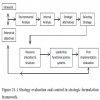Strategic Management - Strategy Implementation
Leadership and Use of Power - Power, Politics And Leadership
Posted On :
Power can be used by a variety of people in a variety of ways.
Leadership and Use of Power
Power can be used by a variety of people in a variety of ways. A useful perspective for studying the uses of power is illustrated in Table 20-1
Table 20-1 shows the various uses of power and their outcomes.
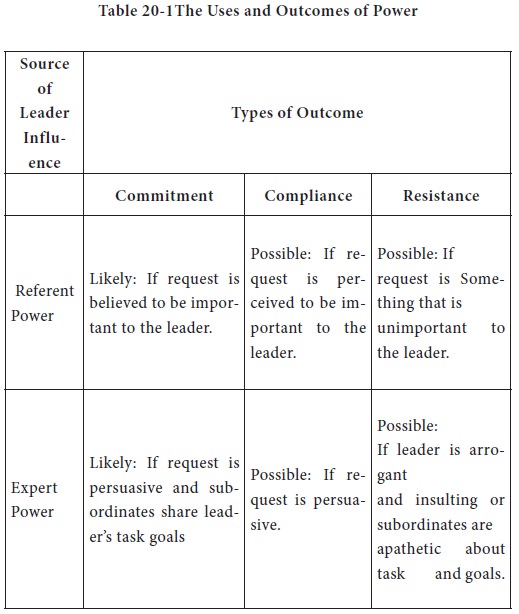

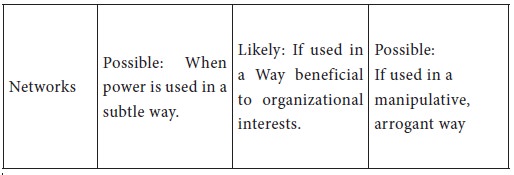
Power is used with influence tactics in organizations. There are some standardized ways by which power holders attempt to get what they want. A research study of 165 managers and 750 employees revealed how managerial employees influence others. The findings identified seven tactical dimensions or strategies .How they vary in popularity is shown in Figure 20-2.

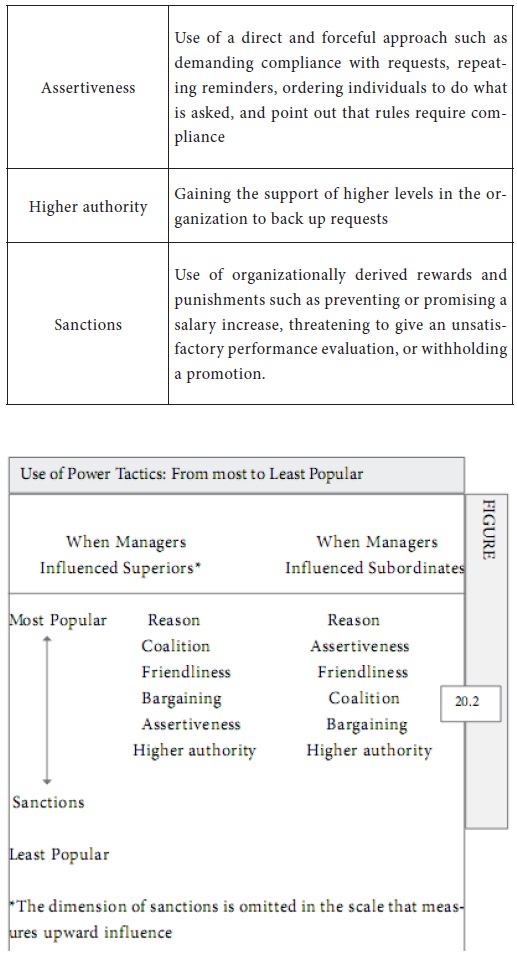
The natural way to gain influence is to gain power. Therefore, those who want power will attempt to build a personal power base by forming a coalition. By joining together, managers can combine their resources to increase rewards for themselves. Successful coalitions have been found to contain fluid membership and are able to form swiftly, achieve their target issue, and quickly disappear.
Many employees hold power by joining trade unions. If a trade union is unable to get success, almost all the trade unions of the organization join together to fight against management for achieving their demands fulfilled.
Participative management is visible in coalitions. The coalition continues till all the members are co-operative and tolerant. If their interests clash, they disintegrate and the benefits of coalitions are not achieved. Dictatorial system does not like coalition. Coalition provides interdependence. It is needed where resources are huge and require to be managed effectively.
Power can be used by a variety of people in a variety of ways. A useful perspective for studying the uses of power is illustrated in Table 20-1
(i) Use of interpersonal power
Table 20-1 shows the various uses of power and their outcomes.


(ii) Use of structural power
These sources don’t operate independently. A study
conducted in two paper mills provides an example of how power sources are
related.
One of the mills dropped an incentive pay plan based on performance in favor of a pay plan based strictly on seniority. Compared to the second plant, which retained the performance system, subordinates perceptions of the use of various sources of power by supervisors in the first plant changed noticeably. Discontinuing the incentive plan lowered the perceived reward power of supervisors’ use of punishment increased (attribute perhaps to less control over rewards). The perceived use of referent and legitimate power decreased, but expert power appeared to be unaffected. These findings suggest that the interpersonal sources of power that influence behavior are complex and interrelated.
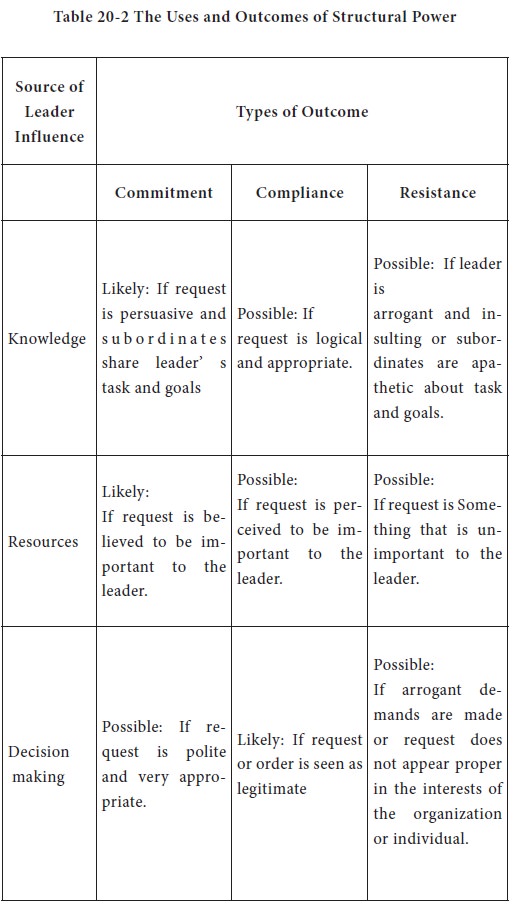
One of the mills dropped an incentive pay plan based on performance in favor of a pay plan based strictly on seniority. Compared to the second plant, which retained the performance system, subordinates perceptions of the use of various sources of power by supervisors in the first plant changed noticeably. Discontinuing the incentive plan lowered the perceived reward power of supervisors’ use of punishment increased (attribute perhaps to less control over rewards). The perceived use of referent and legitimate power decreased, but expert power appeared to be unaffected. These findings suggest that the interpersonal sources of power that influence behavior are complex and interrelated.


(iii) Power tactics of leaders
Power is used with influence tactics in organizations. There are some standardized ways by which power holders attempt to get what they want. A research study of 165 managers and 750 employees revealed how managerial employees influence others. The findings identified seven tactical dimensions or strategies .How they vary in popularity is shown in Figure 20-2.


(iv) Power Coalitions
The natural way to gain influence is to gain power. Therefore, those who want power will attempt to build a personal power base by forming a coalition. By joining together, managers can combine their resources to increase rewards for themselves. Successful coalitions have been found to contain fluid membership and are able to form swiftly, achieve their target issue, and quickly disappear.
Many employees hold power by joining trade unions. If a trade union is unable to get success, almost all the trade unions of the organization join together to fight against management for achieving their demands fulfilled.
Participative management is visible in coalitions. The coalition continues till all the members are co-operative and tolerant. If their interests clash, they disintegrate and the benefits of coalitions are not achieved. Dictatorial system does not like coalition. Coalition provides interdependence. It is needed where resources are huge and require to be managed effectively.
Tags : Strategic Management - Strategy Implementation
Last 30 days 481 views













